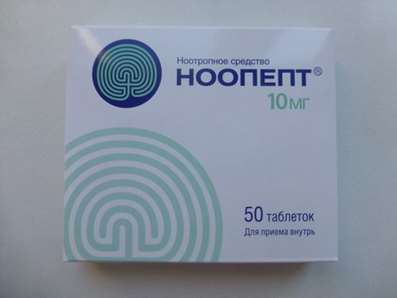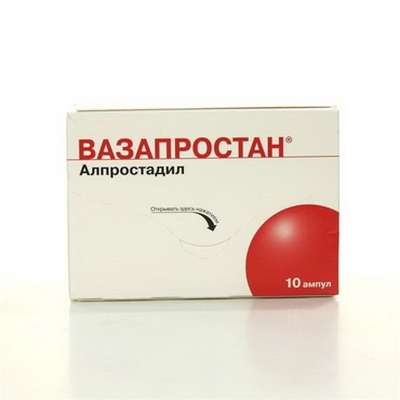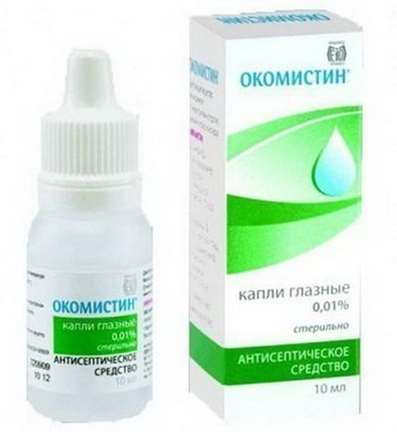Instruction for use: Tobradex
I want this, give me price
Active substance Dexamethasone + Tobramycin
ATX code S01CA01 Dexamethasone in combination with antimicrobials
Pharmacological group
Glucocorticosteroids in combinations
Ophthalmic agents in combination
Nosological classification (ICD-10)
H01.0 Blepharitis
Blepharitis, Inflammation of the eyelids, Inflammatory diseases of the eyelids, Demodectic blepharitis, Superficial bacterial infection of the eyes, Superficial infection of the eye, Scaly blepharitis
H10 Conjunctivitis
Conjunctivitis infectious-inflammatory,Bacterial conjunctivitis, red-eye syndrome, Superficial infection of the eye, Chronic non-infectious conjunctivitis
H16.8 Other forms of keratitis
Allergic keratitis, Traumatic keratitis, Pannus
H59 Disorders of the eye and adnexa after medical procedures
Condition following surgery on the eyeball, Condition after plastic surgery of the eyelids, Condition after surgery on the cornea, Condition after surgical eye operations, The narrowing of the pupil after instillation mydriatics
Composition and form of release
Eye drops 1 ml
Tobramycin 3 mg
Dexamethasone 1 mg
Auxiliary substances: benzalkonium chloride, disodium edetate, sodium chloride, sodium sulfate anhydrous, tyloxapol, hydroxyethylcellulose, sulfuric acid and / or sodium hydroxide (pH adjusted), purified water
In bottles of 5 ml (with the dispenser "Drop Tainer ™"), in a pack of cardboard 1 bottle.
Description of dosage form
Eye drops: a suspension from white to almost white.
pharmachologic effect
Pharmacological action - anti-inflammatory local, antibacterial local.
Pharmacodynamics
Combined drug.
Tobramycin, an antibiotic from the aminoglycoside group, produced by Streptococcus tenebrarius, has a broad spectrum of antibacterial action, is active against gram-positive and gram-negative microorganisms: staphylococci (including Staphylococcus aureus, Staphylococcus epidermidis), including penicillin resistant strains; Streptococci, including some beta-hemolytic species of group A, nonhemolytic species and some Streptococcus pneumoniae, Pseudomonas aeruginosa, Escherichia coli, Klebsiella pneumoniae, Enterobacter aerogenes, Proteus mirabilis, Morganella morganii, most species of Proteus vulgaris, Haemophilus influenzae, Haemophilus aegyptius, Moraxella lacunata, Acinetobacter calcoaceticus, as well as some species of Neisseria.
Dexamethasone - GCS (glucocorticosteroids). Has anti-inflammatory, antiallergic and desensitizing effects. Has an antiexudative effect. Dexamethasone actively suppresses inflammatory processes.
Combination of SCS with antibiotic (tobramycin) allows to reduce the risk of infection.
Pharmacokinetics
With topical application, systemic absorption is low.
Indications
Prevention of postoperative infections;
Blepharitis;
conjunctivitis;
Keratitis (without damage to the epithelium).
Contraindications
Individual hypersensitivity to the components of the drug;
Viral diseases of the cornea and conjunctiva (including keratitis caused by Herpes simplex, chicken pox);
Mycobacterial infection of the eyes;
Fungal diseases of the eyes;
Condition after removal of the foreign body of the cornea.
pregnancy and lactation
Sufficient experience in the use of the drug during pregnancy, breast-feeding is not. It is possible to use the treatment for pregnant women on prescription of the attending physician if the expected curative effect exceeds the risk of development of possible side effects. It should be interrupted use of the drug for the period of breastfeeding.
Side effects
Hypersensitivity and allergic reactions (pruritus, eyelid swelling, conjunctival hyperemia).
Side effects due to the steroid component: increased intraocular pressure; Posterior subcapsular cataract, slowing down the process of wound healing.
Secondary infection. The development of secondary infection is observed after the use of combined preparations containing GCS in combination with antibiotics. Fungal infections on the cornea tend to occur especially often with prolonged use of steroids. The appearance of non-healing ulcers on the cornea after prolonged treatment with steroid preparations may indicate the development of fungal infestation. Secondary bacterial infection can occur as a consequence of suppression of the protective reaction of the patient's body.
Interaction
In case of use with other local ophthalmic preparations, the interval between their use should be at least 5 minutes.
In the case of the appointment of tobramycin topically at the same time as systemic aminoglycoside antibiotics, the general picture of the blood should be monitored.
Dosing and Administration
In the conjunctival sac.
Eye drops: 1-2 drops every 4-6 hours. In the first 24-48 hours the dose can be increased to 1-2 drops every 2 hours.
Overdose
Symptoms: irritation of the mucous membrane of the eye, itching, lacrimation, eyelid swelling, congestion hyperemia.
Treatment: washing eyes with warm water, treatment - symptomatic.
special instructions
The bottle must be closed after each use.
Do not touch the tip of the pipette to the eye.
Bottle dropper "DropTeiner" with eye drops before use shake, store in an upright position.
Storage Conditions
At a temperature of 8-27 ° C.
Keep out of the reach of children.
Shelf life
Ointment eye - 2 years.
Eye drops - 2 years. 4 weeks after opening the package

 Cart
Cart





